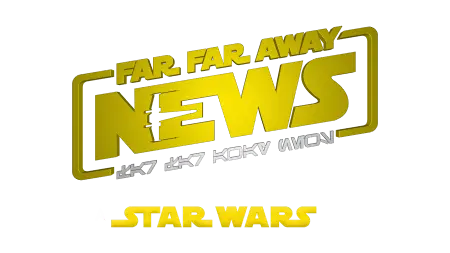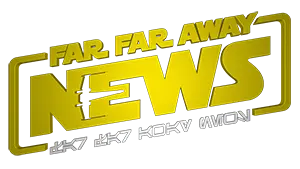If you asked most Star Wars fans which episode contains the most practical effects shots, the answer would undoubtedly be one of the Original Trilogy movies. Shockingly, that’s not the case at all.
The surprising answer to that question is Episode I – The Phantom Menace. These days, it’s common knowledge that George Lucas has always been fixated on pushing the boundaries of technology in cinema. But for the return of the world’s most famous space saga, the crew at ILM relied heavily on a mix of cutting-edge CGI and old school practical effects.
In 1994, Lucas finally put pen to paper on his long-awaited continuation of the Star Wars story. Being mostly satisfied with the progression in digital moviemaking technology, he started where he was most comfortable: story. Meanwhile, Lucas’ friend Rick McCallum was busy preparing all of the logistical details for pre-production and eventually principal photography. His first moves were to bring Gavin Bocquet on as production designer and Doug Chiang for the role of design director. It quickly became apparent to McCallum that Lucas’ vision was going to be far reaching in scope and scale. While it was relatively easy for Chiang to design epic set pieces and action sequences on paper, the question of how to practically implement that vision was a work in progress.
Over at ILM, the team was taken aback by the sheer size of the project they had been handed by Lucas. All said and done, they would need to add visual effects to over 1,900 shots! Heading up the effort was industry veteran John Knoll. Knoll was a pioneering name in the field of CGI. (He had previously helped to implement one of the first uses of CGI in Lucas’ 1988 film ‘Willow’.) He and his team immediately set to work on brainstorming ways to make Lucas’ vision come to life.
The obvious answer was to lean heavily on computer animation for the majority of the film. However, even with a Star Wars sized budget, that price would balloon to an unmanageable size if it wasn’t subsidized with a healthy dose of practical effects. The end result yielded an amazing amount of practical miniatures and models that were composited with computer animation to finalize the shot.
Below are a few of our favorite practical effect facts for Episode I:
- Naboo’s Salty Falls – The wide shots of Naboo are beautiful vistas unlike anything seen in the original trilogy. At first glance, you might believe that the entire shot is completely computer animated. However, that’s not entirely the case. In the late 90’s CGI was still struggling to accurately depict the movement of water. This posed a problem for the effects team tasked with creating waterfalls meant to look like they were several hundred feet tall. The solution: salt. The waterfalls are nothing more than table salt filmed pouring to the floor from several feet high. The result is an incredibly realistic waterfall.
- Cotton Swab Crowd – For the podracing arena, a massive miniature was constructed to house the cheering fans of the Boonta Eve Classic. Using CGI to animate thousands of onlookers would be time consuming and expensive. The solution: cotton swabs. 450,000 of them were carefully inserted into the miniature to look like a realistic crowd from a distance. To add to the effect, small fans were placed inside the miniature and pointed up at the cotton swabs. The resulting effect was a realistic crown that moved and swayed. The effect holds up well for the wide shots and was intercut with actor close ups to complete the illusion.
- Rocket Man – The skeleton version of C-3P0 was brought to life by a combination of puppeteering and still shots. If you look closely you can see he has a real functioning gyroscope inside his exposed head. This is an actual military grade gyroscope used in missile targeting. Model maker Lorne Peterson came across the item and opted to incorporate it into the character for a realistic look.
- Exploding Ships – Many of the vehicles in Episode I are actually miniatures. When the time came for these models to meet their fiery end, the crew would place small explosive charges inside them. They would then physically shake the model in front of the camera and then ignite the explosives yielding a realistic looking explosion. CGI could be used to embellish the effect in post-production.
- Forced Perspective – A visual trick as old as cinema itself, this was utilized several times on Episode I. A good example is the shot below of Aurra Sing standing in front of one of the sharper turns on the podrace track. The camera is placed in such a way as to make the model canyon behind her look like its hundreds of feet away. In reality, she is standing some 10-20 feet away. The use of scale and a properly placed camera makes this a very effective trick.
Start the discussion on our forum and chat room. May the Force be with you!






